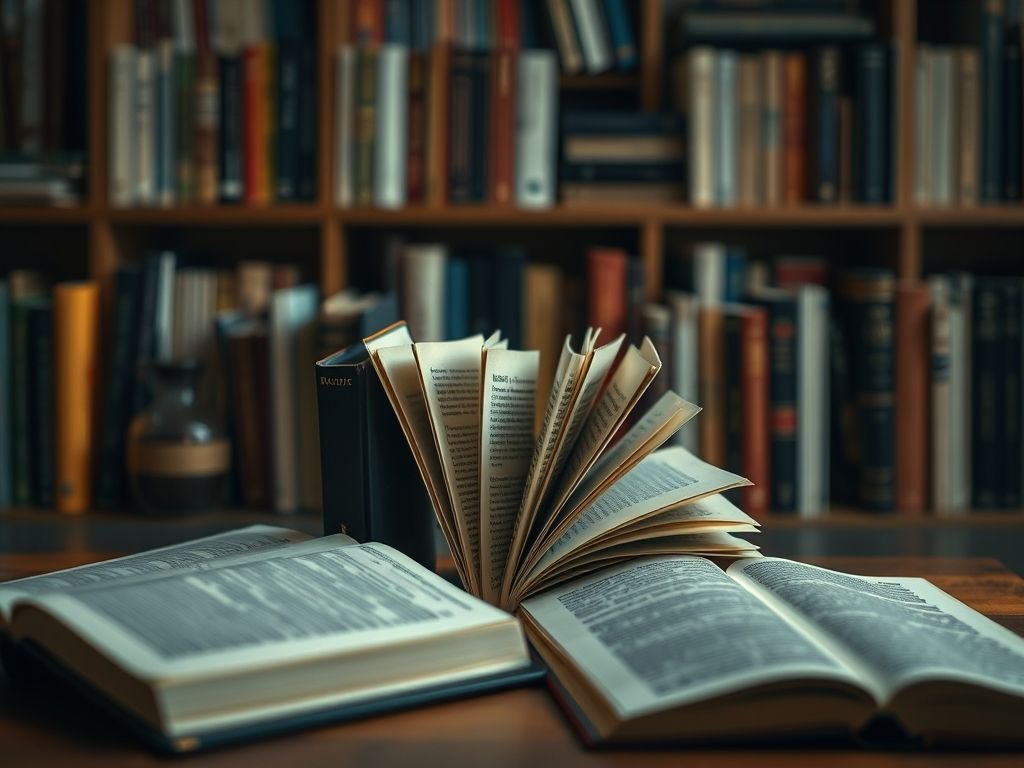Understanding Literary Devices: A Comprehensive Guide
Literary devices are essential tools that writers use to enhance their storytelling and convey deeper meanings. They add layers of emotion, create imagery, and engage readers on multiple levels. In this guide, we will explore various literary devices, their significance, and how they can enrich your reading experience.
What are Literary Devices?
Literary devices refer to techniques and structures that writers use to convey their messages, enhance their narratives, and evoke emotional responses. These tools can range from simple word choices to complex narrative strategies. Understanding these devices can significantly improve your comprehension and appreciation of literature.
Types of Literary Devices
There are numerous literary devices that authors utilize. Here, we will discuss some of the most common and impactful ones:
- Metaphor: A figure of speech that makes a comparison between two unrelated things without using ‘like’ or ‘as’. For example, “Time is a thief that steals our moments.” This device conveys the idea that time can take away experiences, creating a vivid image in the reader’s mind.
- Simile: Similar to a metaphor, but uses ‘like’ or ‘as’ to make comparisons. An example is, “Her smile was as bright as the sun.” This device creates an immediate visual for the reader.
- Alliteration: The repetition of consonant sounds at the beginning of words in close succession. For instance, “She sells sea shells by the sea shore.” This device adds rhythm and can make phrases more memorable.
- Personification: Giving human traits to non-human entities. An example is, “The wind whispered through the trees.” This helps create a connection between the reader and the natural world.
Importance of Literary Devices in Literature
Understanding literary devices is crucial for several reasons:
- Enhances Understanding: Recognizing these devices can help you understand the author’s intent and the deeper meanings behind the text.
- Increases Engagement: Literary devices often make reading more enjoyable by adding rhythm, imagery, and emotional depth.
- Improves Analysis Skills: Familiarity with these tools enhances your ability to analyze and critique texts, making you a more informed reader.
How to Identify Literary Devices in Your Reading
Identifying literary devices can be a rewarding part of the reading process. Here are some tips to help you:
- Read Actively: Pay attention to the language and structure of the text. Take notes on phrases that stand out or evoke strong emotions.
- Look for Patterns: Many authors use specific devices repeatedly. Identifying these patterns can lead to a greater understanding of the text’s themes.
- Ask Questions: Consider why the author chose a particular device. What effect does it have on the story? How does it affect your interpretation?
Practical Applications of Literary Devices
Understanding and utilizing literary devices can enhance not only your reading skills but also your writing. Here are some practical applications:
- Creative Writing: Incorporate various literary devices into your own writing to develop a unique voice and style.
- Book Clubs: Use your knowledge of literary devices to guide discussions in book clubs, deepening the analysis of the texts.
- Literary Analysis: When writing essays or critiques, reference specific literary devices to support your arguments.
Related Concepts in Literature
Beyond literary devices, there are several related concepts to explore:
- Theme: The underlying message or main idea in a literary work, often expressed through the use of various devices.
- Symbolism: The use of symbols to represent ideas or concepts, enhancing the narrative’s depth.
- Imagery: Descriptive language that appeals to the senses, often created through the use of literary devices.
Conclusion
Literary devices are integral to the art of storytelling, providing depth, emotion, and richness to texts. By understanding and identifying these devices, readers can enhance their comprehension and enjoyment of literature. Whether you are reading a classic novel or a contemporary piece, being aware of literary devices can transform your reading experience.
As you delve into your next book, take a moment to notice the literary devices at play. Reflect on how they shape your understanding and emotional response to the story. Happy reading!
